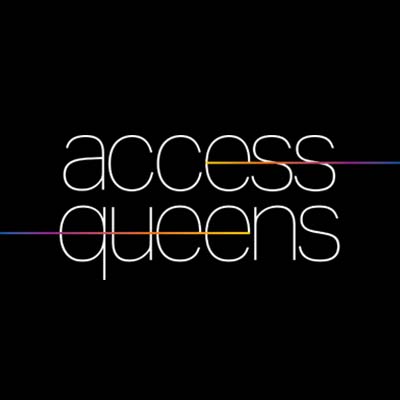Monday, May 16, 2016, marked one of the hardest hitting 7 Train meltdowns we've experienced in a while. Someone fainted at Court Square on top of the normal switch problems. To top it all off, the 7 came to a complete halt at Flushing-Main Street. Riders on 7 Train Blues complained of being late to work, overcrowded platforms and train after train skipping their stop.
Here's what happened:
A train entering Main Street had its emergency brakes activated — not by someone pulling the cord — thereby blocking all three local and express tracks. When the emergency brakes are activated, the train operator attempts to recharge the train. In the event that it fails to do so, it is likely that a customer pulled the cord. Otherwise, if the train is able to be recharged, by rule the operator must go down to the roadbed and inspect both sides of all 11 cars — if there's clearance.
What he or she looks for is quite serious, a derailment among the top. In less severe cases, a stop arm, which is by every signal, may have triggered the breaks. These are the little yellow arms that are designed to turn up after the train passes the signal. Sometimes they fail.
The operator also checks for a person who may have fallen out of the train or off the platform and onto roadbed. Should the train operator recharge and move the train after one of these things happen, matters would worsen warranting front page news for negligence.
The train operator will sometimes find nothing wrong, which usually means that there's a mechanical problem with the train. In that case, the train is taken into the barn for further investigation.
Between yesterday's emergency brake activation at such an inconvenient location and time of day, followed by the inspection, a cascading chain of events lead to delayed service, extensive bus lines (see in the photo above), and dangerously overcrowded platforms. This is why we the MTA needs to create capacity within the transit system, particularly in Queens, so that thousands and thousands of people aren't bottlenecked. There are issues beyond access bleeding into unsafe conditions for customers, that building capacity will alleviate.
On a side note, there's a lot that goes into an emergency brake activation, whether intentional or not. Hence, that's why the MTA recommends that riders don't pull the cord in the event of most emergencies. If there's a crime, fire, or medical emergency, straphangers shouldn't pull the emergency brake cord because it makes it harder for help to arrive. Instead, riders should pull the brake if someone gets caught between the train's closing doors, or between subway cars, and is about to be dragged to an unenviable fate.
The explanation about what happened at Main Street came from a retired MTA motorman and member of 7 Train Blues.

